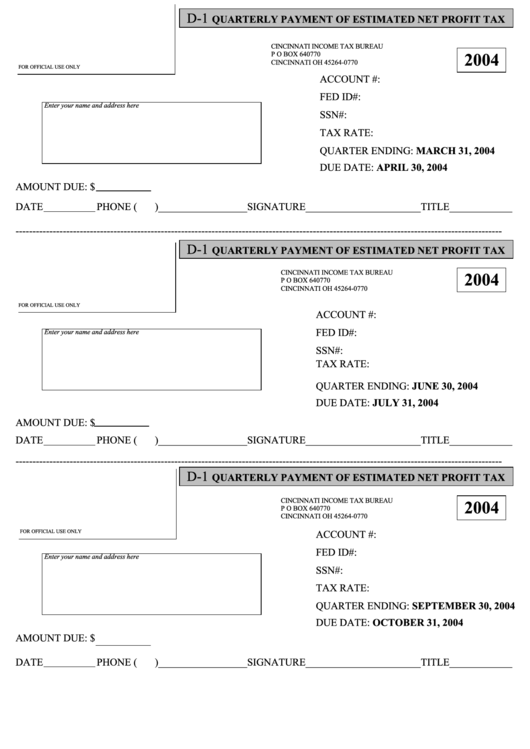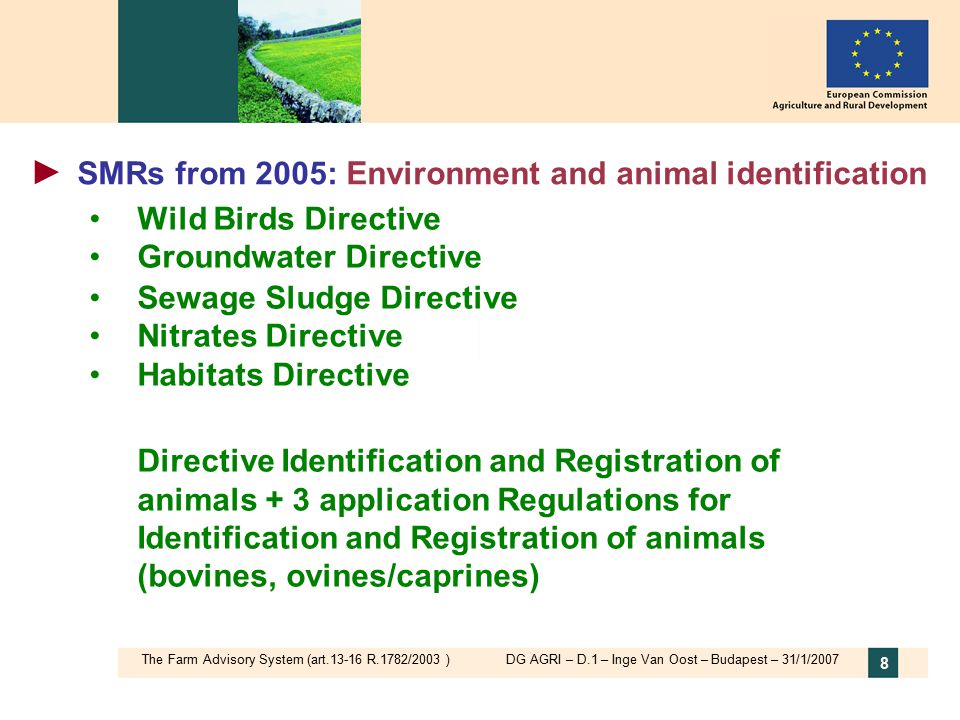

Temperature shift operation is likely to be attractive for large scale industrial fermentation due to significant reduction in the operating cost. Enzymatic hydrolysis of the alkali pre-treated wheat straw with 500 IU xylanase alone released 173 ± 8 mg sugars/g whereas in combination with cellulase and β-glucosidase released 553 ± 12 mg sugars/g dry substrate in 6 h, indicating its potential in saccharification of the lignocellulosic substrate. Temperature shift operation during fermentation resulted in maximum xylanase production in lesser duration (48 h instead of 56 h). Subsequently, optimization of nitrogen and carbon sources through response surface methodology led to high level xylanase production (7,295 IU/ml) which was 1.46-fold greater than one variable approach after 56 h of cultivation at 30 ☌. The results showed that optimization of the fermentation process by one variable approach increased the enzyme yield from 402 to 4,986 IU/ml. The potential of xylanase in saccharification of wheat straw was also investigated. Use of enzymes is one such approach in which the industry is keen to venture further to reduce the production cost and to develop clean & green products.This study was aimed at enhancing the production of xylanase from an alkaliphilic Bacillus pumilus VLK-1 in submerged fermentation using wheat bran, a cheap and abundantly available agro-residue, through process optimization and to monitor the effect of temperature shift operation on it. The management is eager to introduce new concepts in development of new products by using safe & sound technologies that also pose no danger to the environment & natural resources by keeping itself sustained in the market. In present scenario Bindals has adopted a big effort to save earth and our rivers by adoption of ZLD technology in mill.īindals is first mill globally to achieve such practices among agro based integrated pulp & paper mill. Bindals Papers Mills Limited is one such industry that is using eco-friendly technology to manufacture the paper and has earned a good name in the market by producing quality paper using the agro-based raw materials. So the industry & research institutions are searching new products for preparation of Pulp & paper. To feed this demand, the forest based raw materials are becoming scarce. Today, as the population increases at rapid rate, the demand for paper increases too. The use of environment-friendly techniques and eco-friendly products in pulp & paper manufacturing gives a whole new dimension to the industry.

Reduction in BOD, COD & AOX in bleaching plant effluent by 30-35%.The main advantages of adopting this bleaching sequence are. The chlorine di-oxide is added in the 3rd stage of bleaching to achieve the desired brightness level of 85-86% ISO. Oxidative bleaching is used in intermediate stage. The chlorine (CLO2) is added in first stage to loosen the Lignin from the cellulose fiber. The sequence is adopted so that the AOX levels are retained within the permissible limits.

The unbleached pulp is subject to bleaching by Chlorine di-oxide - Oxidative bleaching with oxybleach - Chlorine Di-oxide (D0- OX- D1) sequence. CLO2 - Oxidative - CLO2 (D0 - OX - D1 STCIQGS)ĭ0 Stage - Bleaching with Chlorine di-oxideĭ1 Stage - Bleaching with chlorine di-oxide


 0 kommentar(er)
0 kommentar(er)
